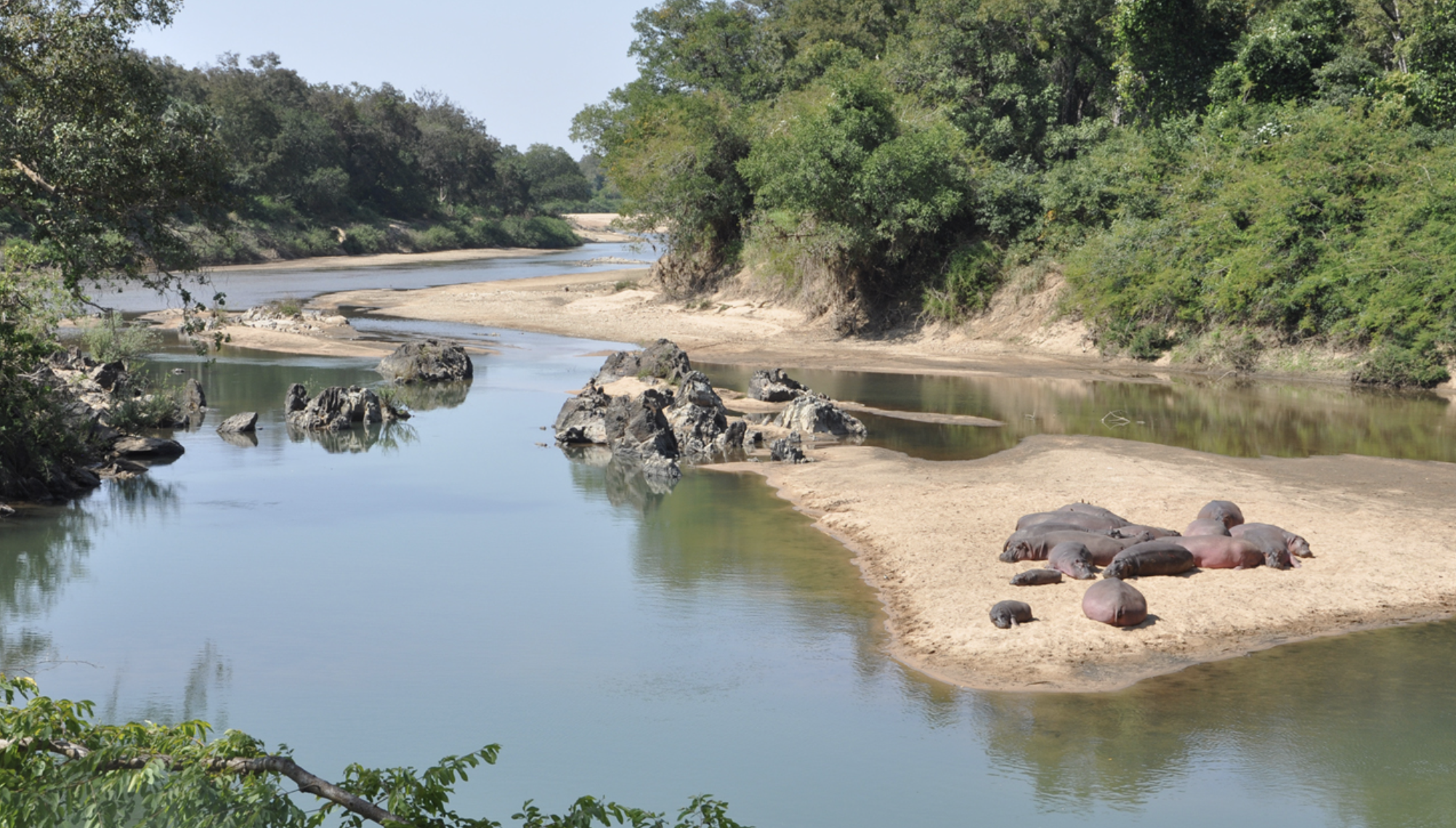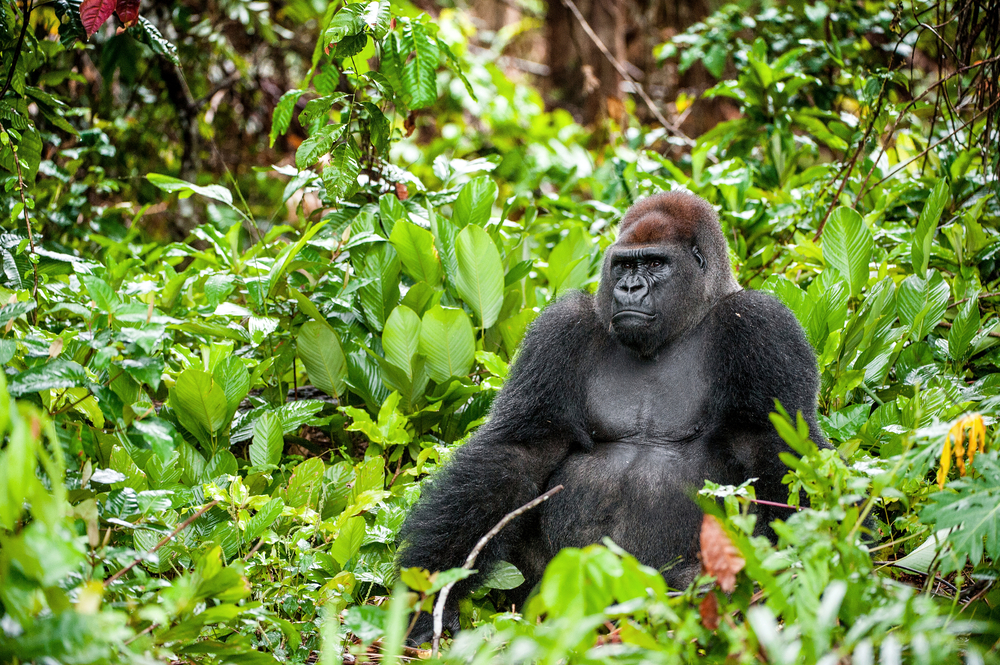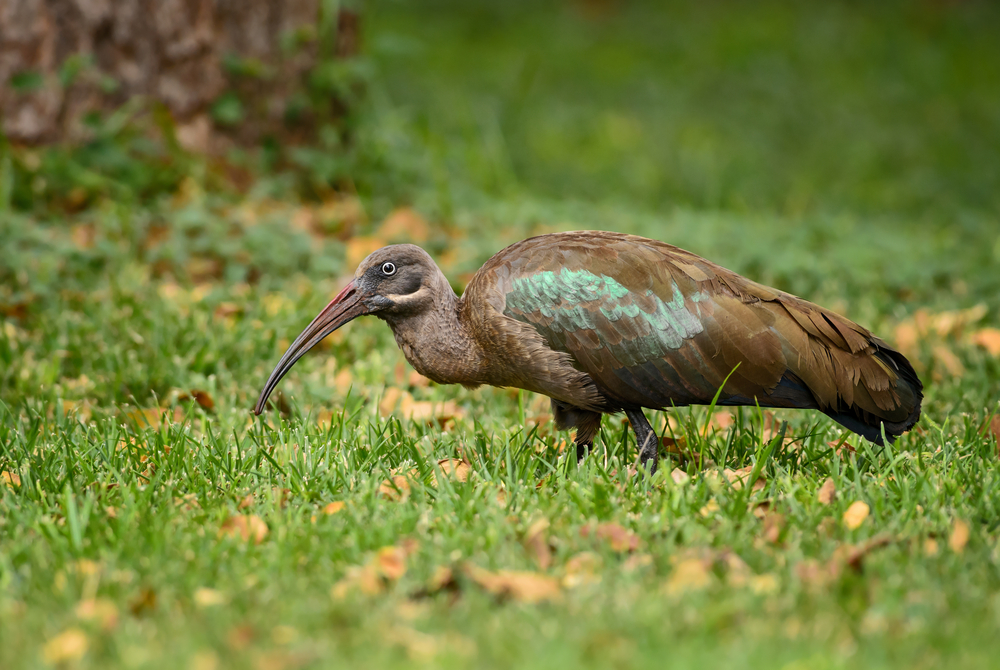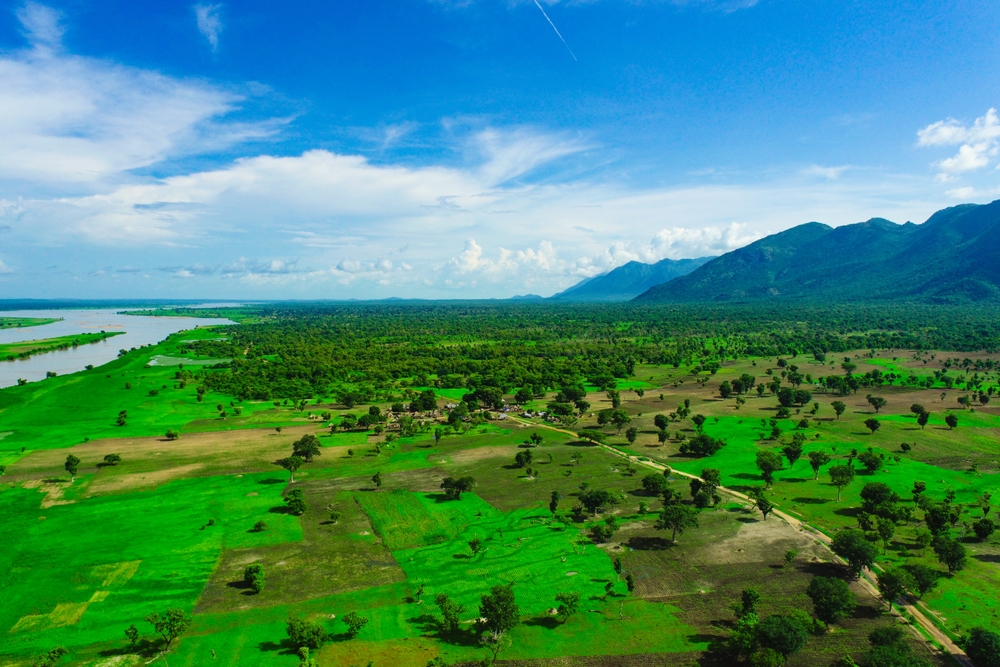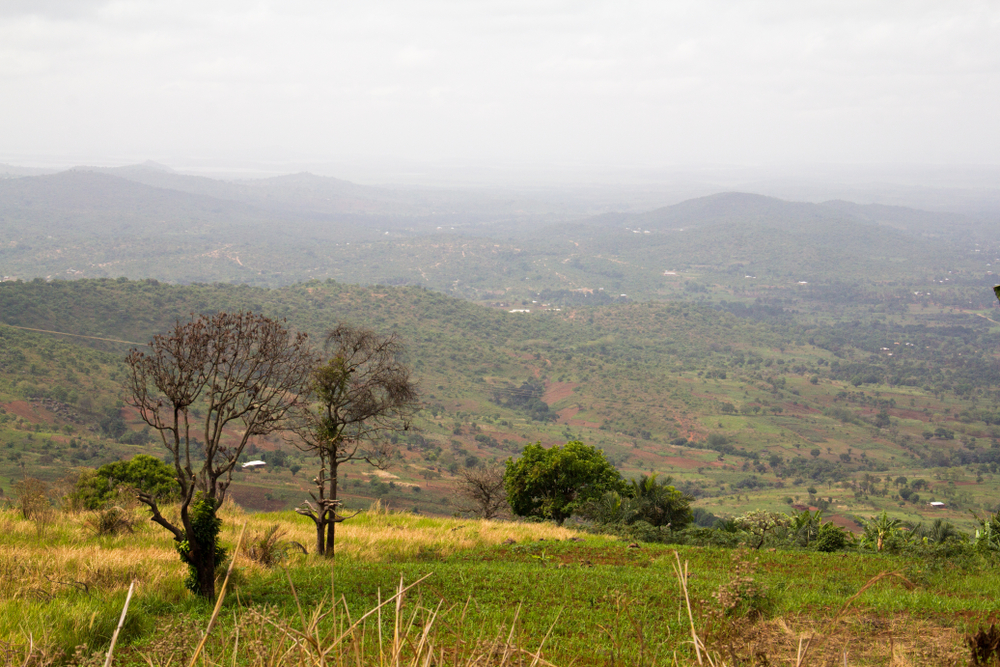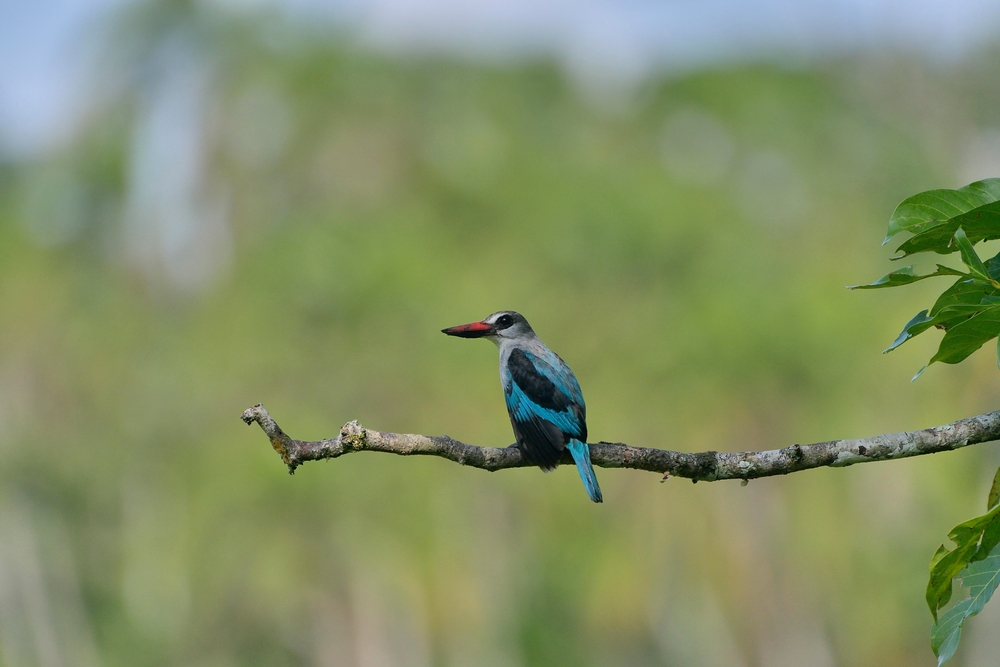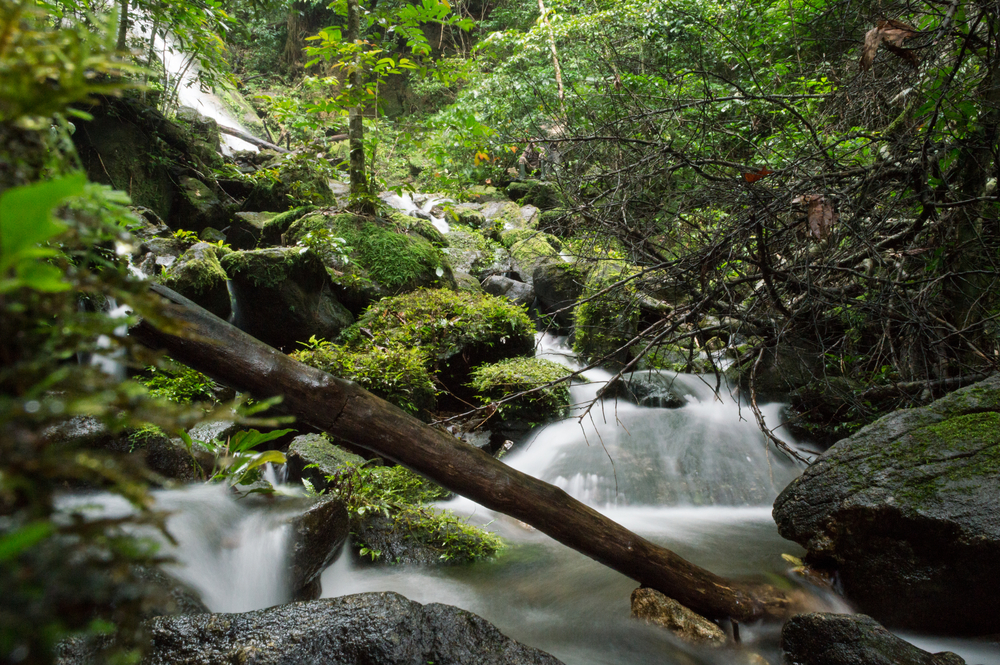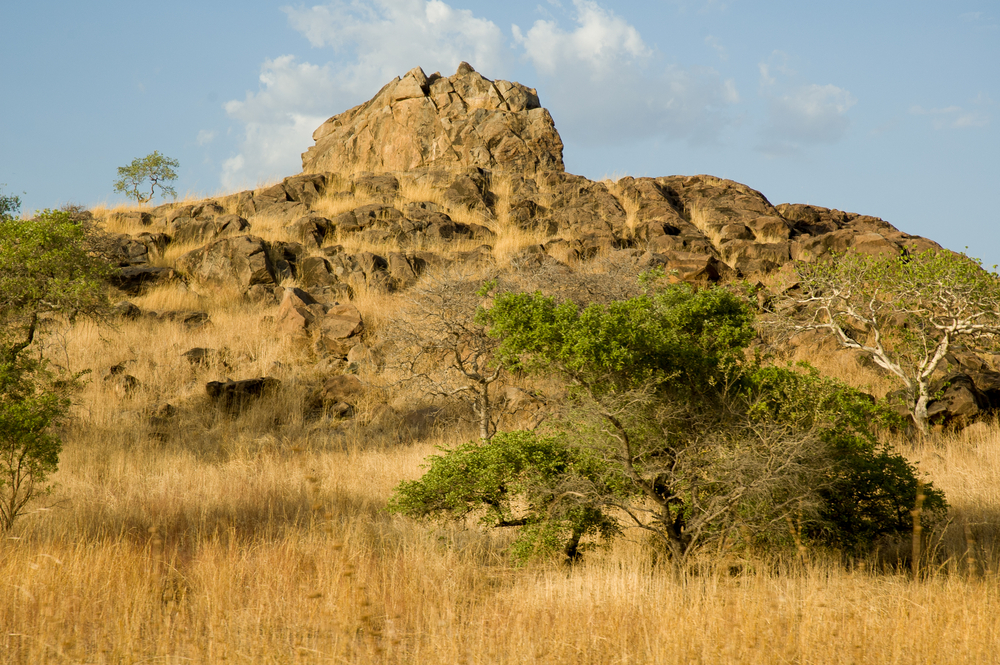Mbam-Djerem Overview
Mbam-Djerem National Park, often referred to as “Parc National de Mbam-Djerem”, is a significant conservation area in central Cameroon. Established in 2000, the park spans approximately 4,160 square kilometers (1,606 square miles), making it one of the largest protected areas in the country. Strategically located at the transition zone between the forested south and savanna-dominated north, it offers a unique blend of ecosystems, showcasing Cameroon’s ecological diversity and importance as a biodiversity hotspot.
The park’s terrain is a mix of rolling grasslands, forest patches, river valleys, and wetlands. This geographic variety creates habitats that support a wide array of plant and animal species. The Mbam and Djerem rivers, which traverse the park, play a crucial role in maintaining its ecological balance, providing essential water sources for wildlife and enriching the surrounding vegetation. Forested areas, primarily in the southern sections, feature hardwood trees, lianas, and dense undergrowth, while the northern savannas are characterized by grasses and acacia trees.
Mbam-Djerem National Park is home to a rich variety of wildlife, reflecting the ecological transition it represents. Large mammals, including elephants, buffalo, and lions, roam the savannas, while primates such as chimpanzees and drills inhabit the forested areas. The park is also a sanctuary for antelopes, pangolins, and leopards. Birdlife is abundant, with species like vultures, eagles, and turacos thriving in its diverse habitats. The rivers and wetlands support crocodiles, fish, and amphibians, contributing to the park’s ecological richness.
Visitors to Mbam-Djerem National Park can explore its landscapes through guided safaris, birdwatching tours, and river excursions. The diversity of habitats allows for varied wildlife experiences, from observing large savanna mammals to tracking primates in the forest. Hiking trails provide opportunities to immerse oneself in the park’s natural beauty and discover its unique ecosystems. Community-based eco-tourism initiatives offer cultural experiences, allowing visitors to learn about traditional practices and local conservation efforts.
Despite its ecological significance, Mbam-Djerem National Park faces challenges that threaten its biodiversity. Poaching, particularly for bushmeat and ivory, poses a significant risk to wildlife populations. Agricultural expansion and overgrazing have led to habitat degradation, while human-wildlife conflict remains an ongoing issue as communities encroach on the park’s boundaries. Climate change exacerbates these pressures by altering rainfall patterns and water availability. Conservation efforts by the Cameroonian government, in collaboration with international organizations, focus on anti-poaching patrols, community engagement programs, and habitat restoration projects. Promoting eco-tourism is also a priority, aiming to generate sustainable income while raising awareness of the park’s value.
Mbam-Djerem National Park is a vital component of Cameroon’s natural heritage, showcasing the ecological transition between forest and savanna. Its diverse landscapes, rare wildlife, and cultural significance make it an essential area for conservation and eco-tourism. Protecting this park ensures the survival of its unique ecosystems and supports global efforts to preserve biodiversity.








































































